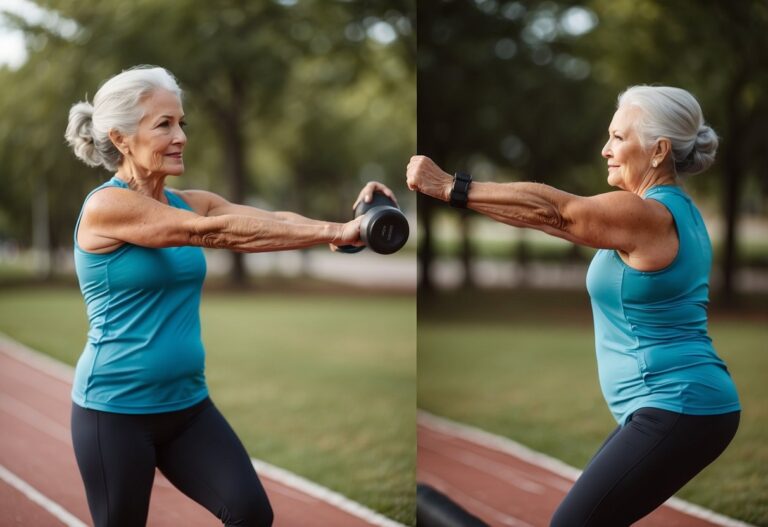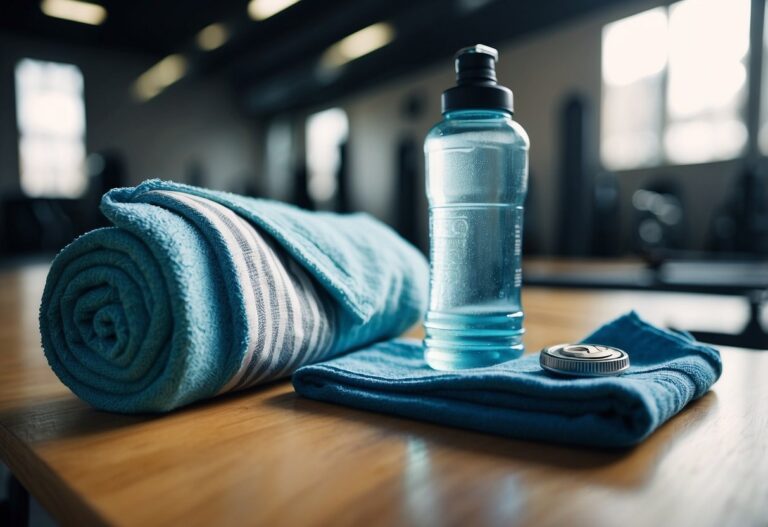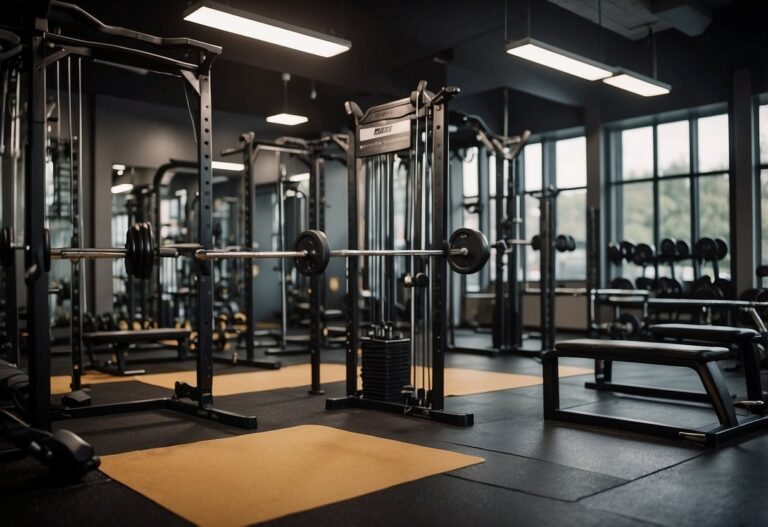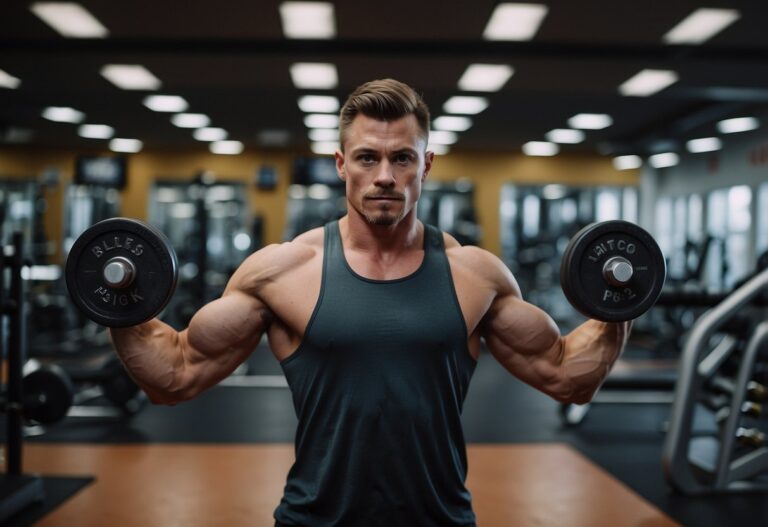Getting a six-pack takes more than just doing endless crunches. It involves a combination of regular exercise, a balanced diet, and consistency. Many people strive for those well-defined abs, but they often don’t know where to start or what exercises are the most effective. This article will provide you with valuable tips and insights on how to sculpt your abs efficiently and safely.
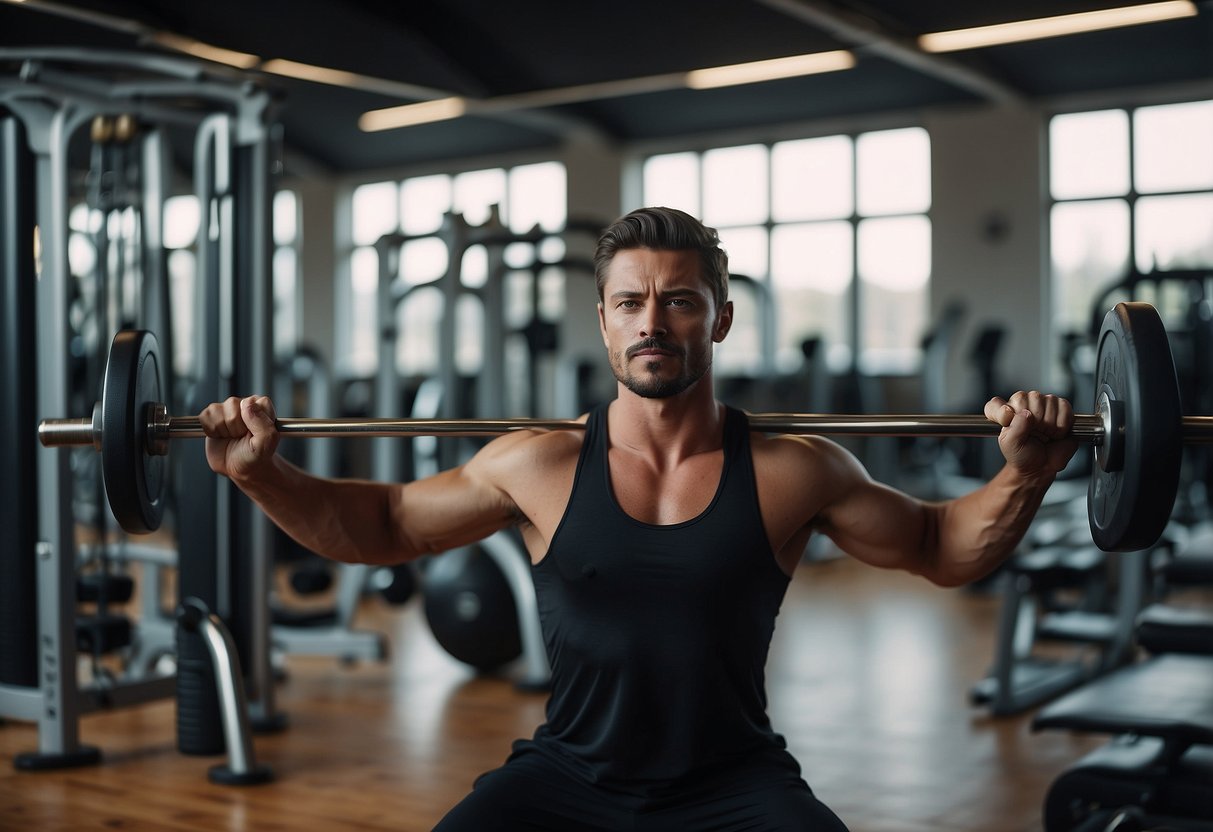
You might wonder how long it will take and what kind of effort is necessary to achieve a toned midsection. While everyone’s body is different, following a structured workout regimen and making smart dietary choices can significantly boost your results. Whether you’re a beginner or someone looking to refine your current workout routine, there are strategies and exercises that can help you reach your goal faster and more effectively.
Consistency is key

Getting a six-pack isn’t just about doing a few exercises once in a while. You have to stick with your routine.
It’s like brushing your teeth—consistency matters. Missing a day here and there might seem harmless, but over time, it adds up.
Find workouts that you enjoy. Whether it’s planks, squats, or mountain climbers, mix them up to keep things interesting. Variety can help you stay engaged.
Set realistic goals. Break down your main goal into smaller, achievable steps.
Remember, even small, consistent efforts make a huge difference. So, keep at it!
Incorporate High-Intensity Interval Training (HIIT)
Adding high-intensity interval training (HIIT) to your workout routine can help you get six-pack abs quicker. HIIT involves short bursts of intense exercise followed by brief rest periods. This type of workout keeps your heart rate up and burns more fat in less time.
For example, you can try the 30-20-10 HIIT workout. Start with 30 seconds of low intensity, then 20 seconds of moderate intensity, and finish with 10 seconds of high intensity.
You don’t need special equipment for HIIT. Exercises like burpees, mountain climbers, and jumping jacks can all be done at home. Adding core-focused moves, like planks and bicycle crunches, can help you build that six-pack faster.
Mixing HIIT with ab routines, as shown in a 20-minute HIIT ab workout, can enhance your results. This combination will push you to your limits and improve your core strength.
Have you tried a HIIT workout before? If not, it might be just what you need to see those abs start to pop.
Focus on core exercises like planks and sit-ups
If you want a strong core, planks and sit-ups are essential. Planks are great because they work on your endurance. Start in a high plank position, keeping your body in a straight line. Try to hold for 30 seconds and work your way up. Walking planks add some movement and challenge, helping you build even more strength in your core.
Sit-ups are also beneficial but be careful with your form. Keep your feet on the ground and lift your upper body slowly. This way, you avoid putting too much strain on your back. To mix things up, try a Reverse Crunch.
Think about including side planks in your routine too. They target your obliques, which are the muscles on the side of your torso. Include these exercises to build a solid foundation for a six-pack.
Maintain a Balanced Diet

To get six-pack abs, having a balanced diet is essential. You need to eat the right mix of proteins, carbohydrates, and fats.
Try to eat lean proteins like chicken, fish, and tofu. They help you build and repair muscles. You can read more about it here.
Don’t forget about healthy fats. Nuts, avocados, and olive oil can keep you feeling full and satisfied.
Regularly eating vegetables and fruits will give you the vitamins and minerals you need. A diet rich in green veggies can make a big difference.
Stay Hydrated

Drinking enough water is crucial. Hydration is important for your muscles and overall health. When you work out, you lose water through sweat. This makes it vital to drink water before, during, and after your workout sessions.
Start your day with a big glass of water. It’s a great way to kickstart your hydration. You should also keep a water bottle with you throughout the day to remind yourself to drink regularly.
Eating foods with high water content can also help. Fruits like watermelon and cucumber are not only refreshing but can aid in keeping you hydrated.
If you feel tired or sluggish, grab a glass of water. Sometimes, fatigue is just a sign that you need more hydration. Aim for at least eight glasses of water per day, but listen to your body’s needs.
Get Adequate Sleep

Getting enough sleep is vital for your six-pack goals. Aim for 7-8 hours of sleep each night. When you sleep, your body releases growth hormones which help repair and grow muscles. This is crucial after those intense workout sessions.
Poor sleep can lead to weight gain and even affect your metabolism. If you’re not sleeping well, it becomes harder to lose that stubborn fat hiding your abs.
Try going to bed at the same time each night. This helps regulate your body clock, making it easier to fall asleep and wake up. Consider your room environment too – a dark, cool room can improve sleep quality.
So, turn off those screens, grab a book, and wind down properly. Your abs will thank you for it.
Understanding Core Muscles

The core muscles are essential for stability and power. Knowing their structure and importance helps in achieving six-pack abs and improving overall fitness.
Anatomy of the Core
Your core consists of several muscle groups working together. The main muscles include the rectus abdominis, transverse abdominis, internal and external obliques, and erector spinae.
- Rectus Abdominis: Known as the “six-pack” muscles, these run vertically along the front of your abdomen.
- Transverse Abdominis: These are the deepest abdominal muscles, wrapping around your spine for protection and stability.
- Obliques: These muscles are on the sides of your abdomen, helping with rotation and side-bending movements.
- Erector Spinae: Located along your back, these muscles help in extending and rotating your spine.
Knowing where these muscles are and what they do can guide your workouts more effectively.
Importance of Core Strength
A strong core offers many benefits beyond just looking good. Core strength is vital for balance, posture, and injury prevention.
When your core muscles are strong, it supports your spine, reducing the risk of back pain. Daily activities like lifting items or even standing up become easier.
Athletes often focus on core exercises to improve their performance. Whether you’re running, playing sports, or lifting weights, a strong core can enhance your power and endurance.
Incorporating core workouts into your fitness routine can lead to better overall strength and health. Make sure to add exercises that target each part of the core for balanced development.
Effective Workout Techniques
Getting those six-pack abs isn’t just about working hard but also about working smart. Focus on using proper form and adjusting workout intensity to make sure you’re getting the most out of your efforts.
Proper Form and Technique
When doing ab exercises, form is crucial. Incorrect form can lead to injuries and less effective workouts. Start with your shoulders back and chest up. For crunches, keep your lower back on the ground and lift with your abs, not your neck. This helps avoid strain.
Planks are another great exercise. Make sure your body forms a straight line from head to heels. Tighten your core and avoid letting your hips sag. This position builds strength efficiently and safely.
Reverse crunches target the lower abs. Lie flat, lift your legs, and curl your hips off the ground. Maintain control to enhance muscle engagement. Correct form maximises gains and reduces injury risk.
Optimising Workout Intensity
Balancing intensity is key for effective abs workouts. High-intensity exercises like bicycle crunches or mountain climbers can boost your results. Aim for short bursts of high effort, around 30 seconds, followed by a brief rest. This keeps your heart rate up and burns fat.
Mix your routine with lower intensity and longer duration exercises. For instance, incorporate planks or leg raises. This combination helps work different muscle fibres and prevents burnout.
Don’t neglect rest; your muscles need time to recover and grow. Plan one rest day each week to let your body heal. Increasing intensity gradually over time rather than all at once can also help prevent injuries and build strength steadily.
To learn more about ab workouts, check out this six-week programme.
Diet and Nutrition for Abs
Eating the right foods can make a big difference when aiming for six-pack abs. Focusing on essential nutrients and planning your meals carefully helps maximise your workouts.
Essential Nutrients
Getting a toned stomach isn’t just about exercise; it’s also about what you eat. Protein is crucial as it aids muscle recovery and growth. Aim to consume 2.2 to 2.8 grams of protein per kg of lean body mass. Good sources include chicken, turkey, and oily fish like salmon.
Whole grains are great for getting abs because they are high in fibre and help you feel full longer. Foods like oats, barley, and quinoa play a significant role in a healthy diet. Fibre can enhance digestion and help you stay on track with your nutrition goals.
Also, make sure you’re drinking plenty of water. Aim for about 16 cups (1 gallon) of water a day. Keeping hydrated can prevent overeating and support your overall metabolic functions.
Meal Planning Tips
Planning your meals might seem challenging, but it can be very effective. Start by tracking what you eat in a food diary. This helps you stay accountable and make better food choices. Spread out your water consumption throughout the day to avoid feeling too full quickly.
Include different meal plans based on your workout intensity. For example, have a high-carb day meal plan to fuel intense workouts, and a low-carb day for rest days to maintain calorie balance. For pre- and post-workout, focus on balanced meals with enough protein and carbs to aid muscle recovery and energy.
Keep meal portions controlled and avoid junk food. This helps in reducing body fat, making your workout efforts more visible. Simple tweaks, like eating smaller, frequent meals, can improve metabolism and energy levels.


